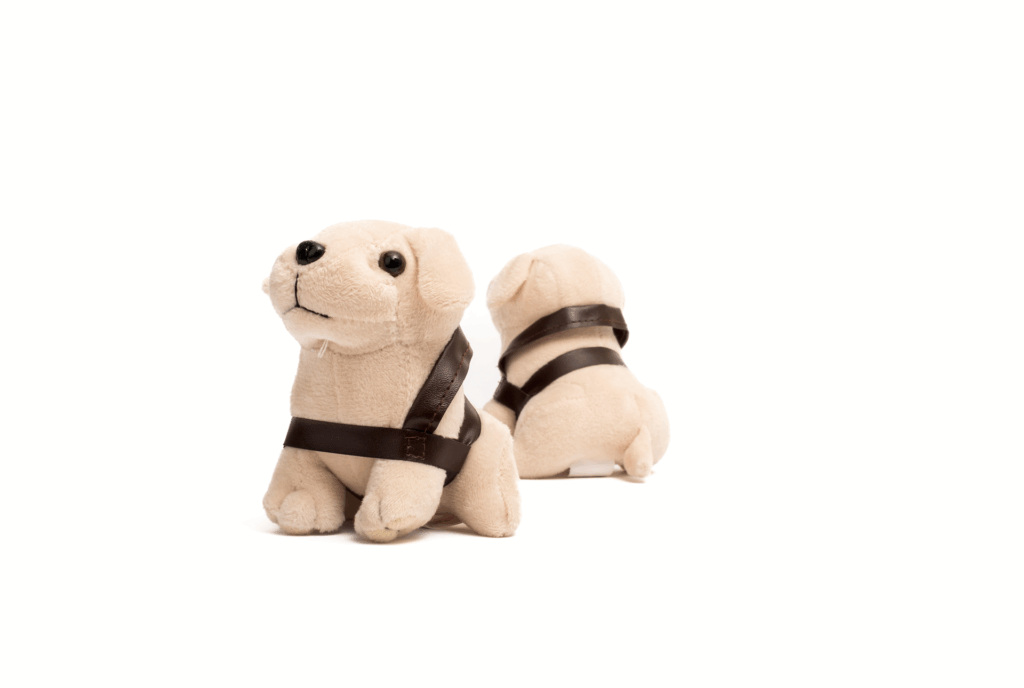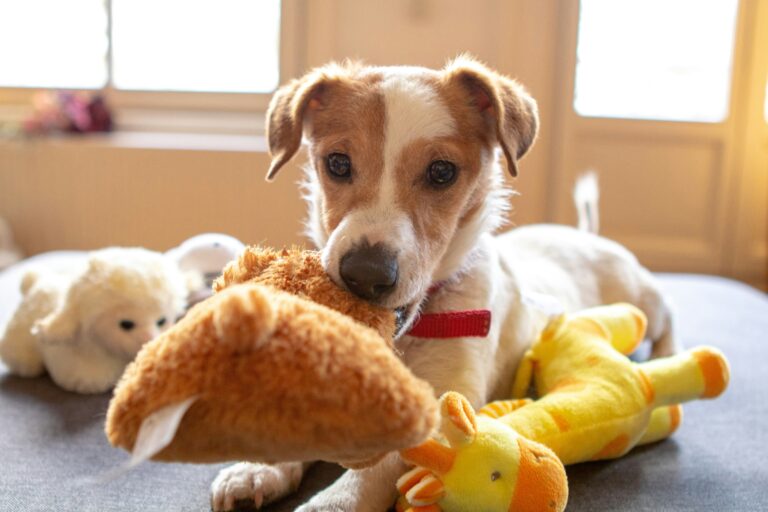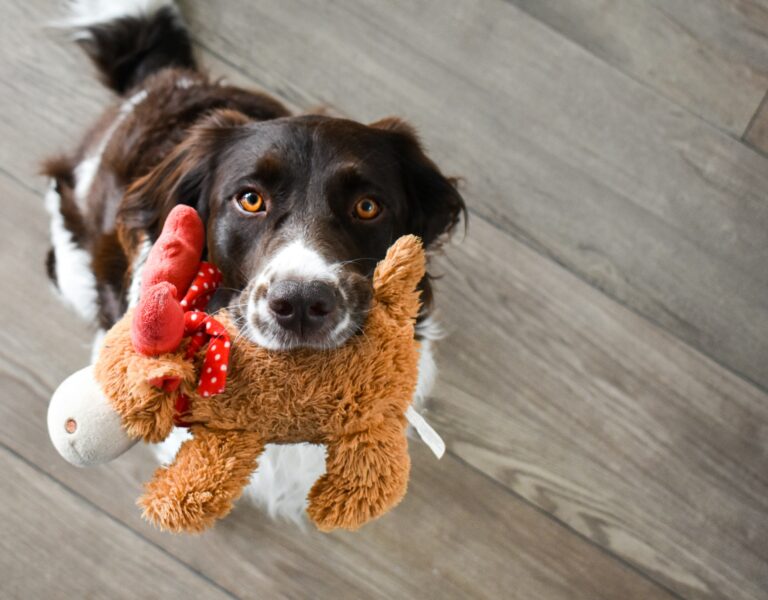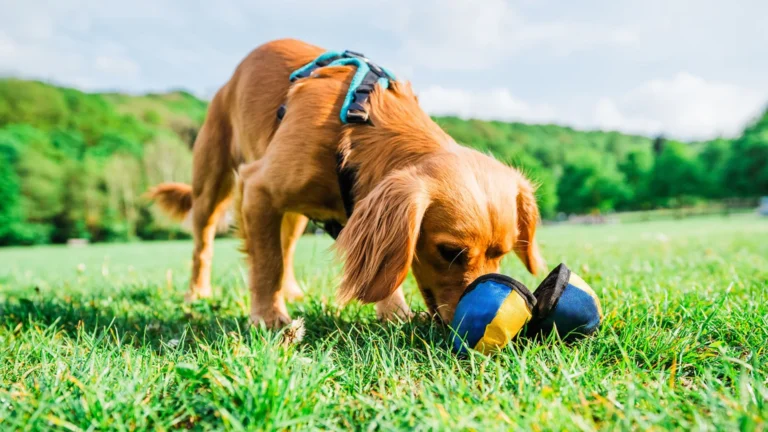Immerse in the exciting world of mini breeds as we uncover the best balls and throw toys tailored to their needs, in our comprehensive guide, “Tiny Tossers: The Ultimate Guide to Best Balls and Throw Toys for Mini Breeds.” Carefully curated to provide insights and recommendations, this guide ensures our beloved mini fur-friends enjoy playtime to the fullest!

Diving into the first part, we unravel the importance of size-specific toys for mini breeds. The understanding that a toy’s size and texture can greatly impact a pet’s engagement and safety is crucial. We shed light on this aspect, ensuring the toys you choose are suitable for your pet’s size and chewing habits.
Next, we navigate the vast ocean of balls and throw toys available in the market. From the classic tennis balls and rubber balls to the innovative puzzle balls and squeaky toys, we analyze each one’s pros and cons. We also highlight the top picks in each category, making your decision-making process a breeze!
Finally, we provide handy tips on how to integrate these toys into your pet’s routine effectively. With the right mix of fun and safety, playtime can significantly contribute to your mini breed’s physical health and mental stimulation. Stay tuned as we explore the realm of best balls and throw toys for your mini breed companions in this guide, ensuring they always have a ball of a time! 🐾🎾🐕🦺
Understanding the Needs of Mini Breeds
In the realm of pet ownership, understanding the specific needs of your mini breed is a critical aspect of ensuring their overall well-being. Unlike larger dogs, mini breeds require toys that are appropriately sized to their smaller stature. This is not merely a matter of preference – using toys designed for larger dogs can lead to a range of problems, from difficulty handling the toy to potential choking hazards.
Size Matters
When it comes to mini breeds, the size of the toy is a crucial consideration. Mini breeds, such as Chihuahuas, Pugs, or Yorkshire Terriers, are naturally smaller in stature, and their mouths are proportionately smaller as well. As such, toys designed for larger dogs may not fit comfortably or safely in their mouths. Choosing appropriately sized balls and throw toys can ensure that your dog can easily handle, carry, and retrieve their toys without struggle or risk of injury.
Softness and Durability
The material of the toy also plays a significant role in its suitability for mini breeds. Toys should be soft enough to prevent damage to your dog’s teeth, but also durable enough to withstand their playful nature. Opt for toys made of high-quality, non-toxic materials that can endure your dog’s enthusiastic chewing without falling apart.

Top Throw Toys and Balls for Mini Breeds
Having understood the specific needs of mini breeds, we can now delve into some of the best throw toys and balls on the market, perfect for your petite furry friend.
KONG SqueakAir Tennis Balls
As a well-known brand in the pet industry, KONG offers a range of high-quality toys, including their SqueakAir Tennis Balls. These balls are not only the perfect size for mini breeds, but they also incorporate a fun squeaker that adds an extra level of excitement for your dog. Moreover, they are designed with a non-abrasive material that is gentle on your dog’s teeth.
Chuckit! Ultra Ball
Designed for interactive play, the Chuckit! Ultra Ball is a durable, high-bouncing ball that mini breeds will love. This ball is not only highly visible with its bright colors, but it is also buoyant, making it perfect for water play. Its small size and lightweight design make it easy for mini breeds to handle and retrieve.
Incorporating Variety in Play Activities for Mini Breeds
Just like humans, dogs benefit from variety in their routines. While fetch and tug-of-war may be favorites, introducing new types of games can help prevent boredom and overuse of specific muscle groups. Variety also stimulates different areas of your mini breed’s brain, promoting a more balanced mental and physical exercise regimen.
For example, hide-and-seek with toys or treats can help develop your dog’s problem-solving skills. Start by letting your dog see you place a favorite ball or toy in a semi-hidden spot. Encourage them to find it using cues like “find it” or “where is it?” Once they understand the concept, you can increase the difficulty by hiding toys in more challenging spots. This transforms simple toys into enriching tools that support cognitive development.
Benefits of Enrichment Through Toys
Toys are not just for entertainment—they serve as essential enrichment tools. Enrichment refers to activities that engage your dog’s natural instincts, such as sniffing, chasing, chewing, and problem-solving. For mini breeds, enrichment is particularly important, as their compact size does not limit their mental acuity. Many mini breeds, like Papillons and Miniature Schnauzers, are highly intelligent and crave mental stimulation.
Using treat-dispensing balls or puzzle-style throw toys adds a layer of challenge. These toys encourage your dog to think through how to get the treat, often by rolling, nudging, or biting the toy in a specific way. Incorporating these into your rotation of throw toys ensures your dog is getting more than just physical play—they’re also sharpening their minds.
Adapting Games for Indoor and Outdoor Spaces
Mini breeds often live in apartments or smaller homes where outdoor access might be limited. The good news is that most ball and throw toy games can be adapted for indoor use. Soft, plush balls designed for indoor play are ideal for confined spaces. Look for toys labeled as “indoor safe” to avoid damaging walls or furniture.
Clear a hallway or open a small room where your mini breed can safely chase a ball or toy. Use lightweight balls that bounce unpredictably to encourage running and pouncing, which mimics their natural prey drive. For outdoor play, balls with bright colors that are easy to spot in the grass are helpful. Always ensure the play area is fenced or secure to avoid escapes, especially with small, agile dogs.
Choosing Toys Based on Your Dog’s Temperament
Mini breeds are known for having big personalities packed into small bodies. Understanding your dog’s temperament can help you choose the most appropriate throw toys. If your dog is highly energetic and thrives on excitement, squeaky balls or toys with erratic movement will likely be more engaging. These keep fast-paced dogs mentally and physically active during play.
On the other hand, if your mini breed prefers calm, cuddly play, choose softer throw toys made of plush or fleece. These dogs may enjoy carrying the toy around, gently chewing, or playing a slow game of fetch. In either case, rotating toy types based on your dog’s mood can help maintain interest and avoid overstimulation.
Involving the Whole Family in Playtime
Playtime is a fantastic opportunity for the entire household to bond with your dog. Mini breeds are particularly social and often thrive when they feel like part of the family. Include children in supervised games of fetch, teaching them how to throw gently and use positive reinforcement to encourage the dog’s participation.
Assign toy “duties” to different family members—someone to inspect toys for wear, another to choose which toy is next in the rotation, and someone to supervise and play with the dog. This shared responsibility not only ensures consistent engagement for your dog but also strengthens the bond between your pet and your family members.
Building a Toy Rotation Schedule
Creating a toy rotation schedule is an excellent way to keep your dog’s interest piqued without constantly buying new toys. Set aside a collection of five to eight balls and throw toys. Each week, bring out two or three and store the rest out of sight. After a few days, swap them out. This simple method creates a sense of novelty and extends the life of your toys.
You can also categorize toys by type—soft indoor balls, squeaky toys, puzzle balls, and outdoor fetch toys—and rotate within these categories. This strategy ensures your mini breed gets a balanced mix of sensory, mental, and physical engagement throughout the week.
Understanding Common Play Behaviors in Mini Breeds
Play behaviors can vary from breed to breed, even among mini breeds. Some, like Terriers, enjoy vigorous shaking and chasing games due to their hunting roots. Others, like Toy Poodles, may exhibit more refined play behaviors, such as batting the ball with their paws or carrying it around proudly.
Understanding your mini breed’s play style can guide you toward the most suitable toys. Observe how they naturally interact with objects. Do they immediately pounce and chew, or do they cautiously explore? Do they enjoy chasing toys that move fast or lose interest quickly if they can’t chew them? These cues will help you personalize your toy selection and interaction methods.
The Role of Rewards and Praise in Playtime
Play itself is rewarding for most dogs, but pairing it with verbal praise or treats can further reinforce good behavior and keep your mini breed engaged. When your dog retrieves a ball or follows your cue to “drop it,” reward them with a small treat or excited praise. Over time, this builds a positive association and encourages better behavior during games.
This approach is especially useful for dogs that struggle with toy possessiveness or resource guarding. By rewarding your dog for returning the toy rather than hoarding it, you create a more cooperative play dynamic. It also helps reinforce important commands like “drop,” “leave it,” and “bring it.”
Signs That Your Mini Breed Needs More Play
Dogs communicate their needs in many ways, and lack of play can lead to unwanted behaviors. Common signs that your mini breed isn’t getting enough stimulation include excessive barking, chewing on household items, restlessness, and even signs of anxiety when left alone.
These behaviors are often a cry for more structured physical or mental activity. Scheduling regular play sessions with balls and throw toys can provide an outlet for energy and reduce negative behaviors. If your dog seems bored with the current toys, it may be time to introduce a new type or game.
How Age Affects Play Preferences
Your mini breed’s play preferences may shift with age. Puppies tend to be more energetic and willing to chase any ball or toy, while senior dogs may prefer softer or slower-moving toys that are easier on joints and teeth. Always adapt your play strategy to your dog’s stage of life.
For older dogs, short sessions with soft, easy-to-catch toys are best. Focus on gentle movement and include frequent breaks. For puppies, supervision is key—they love to chew, and their toys should be extra durable but not hard enough to damage developing teeth.
Tips for Maintaining Toy Hygiene and Longevity
Balls and throw toys often end up on the ground, in your dog’s mouth, and under furniture. Keeping them clean is essential for your dog’s health. Wash rubber and plastic toys with mild soap and water weekly. For plush toys, check if they’re machine washable. Rotate and clean toys regularly to remove bacteria, dirt, and saliva buildup.
Inspect toys for cracks, loose parts, or frayed edges. Discard any toy that could pose a choking risk. Labeling toys with purchase dates can help you track how long each one has been in rotation and when it’s time to replace it.
Conclusion
In conclusion, the Tiny Tossers guide presents an excellent selection of balls and throw toys perfect for mini breeds. It is evident that the size, durability, and material of the toy play a significant role in not only entertaining your furry friend but also in ensuring their safety and dental health. The variety of toys mentioned in the guide, from soft plush balls to tougher rubber options, offers something suitable for every tiny pooch out there.
Remember, choosing the right toy requires understanding your dog’s preferences and play style. Always consider their safety and enjoyment as your top priority. The guide sheds light on this, helping pet owners make informed decisions. The combination of the right toy and quality playtime can drastically enhance your pet’s overall health and happiness.
In a nutshell, the Tiny Tossers guide is an essential read for anyone seeking the best balls and throw toys for their mini breed canine companions. The next time you’re shopping for your pet’s playtime, be sure to use this guide as your go-to resource! 🐾🎾



